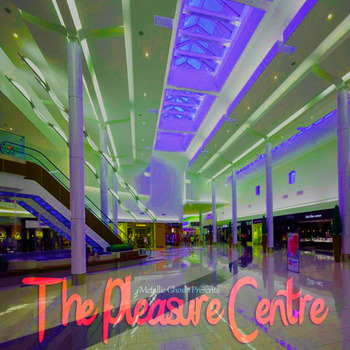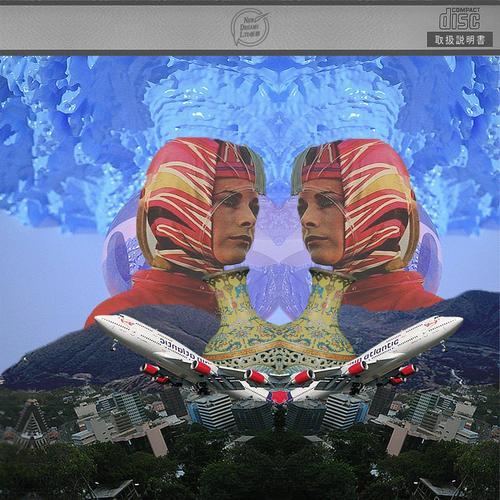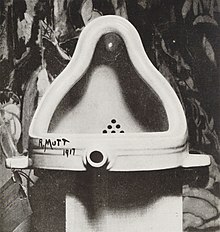- Dean Blunt 'Redeemer' [Hippos in Tanks]
- Livity Sound 'Livity Sound' [Livity Sound]
- Floorplan 'Paradise' [MPlant]
- Kerridge 'A Fallen Empire' [Downwards]
- Young Echo 'Nexus' [Ramp]
- James Ferraro 'Cold/NYC 3am' [Hippos in Tanks]*
- Skinny Puppy 'Weapon' [Metropolis]
- Terrence Dixon ‘Badge of Honor’ [Surface]
- RP BOO 'Legacy' [Planet Mu]
- E.M.M.A. 'Blue Gardens' [Keysound]
Five from the UK,
four from the US, one from Canada; nine boys and one girl; five black
and five white; four with vocals, six without; not a single drummer
in sight.
1: Dean Blunt's wry left-turn into the world of tortured, soul-like ballads and proper 'tunes' works like the best post-punk albums did: a slippery mix of serious song-based musicality and sonic trickery or spice; think back how Psychic TV mixed tender love songs with gnashing sound collages and just enough earnest innocence (you knew they were up to something though). Striking, entertaining, challenging and backed by a live show that was the perfectly provocative companion.
2. Bristol's very own bass-boyband, Livity Sound's 2CD 'compilation' may have been drawn from material composed over the last three years but the sound does much to sum up 2013 in British electronic music: the encroachment of gunmetal grey techno textures, the resurgence of quality homegrown house and the continuing fragmentation and reconvening of 'bass' styles such as grime and dubstep. Livity Sound is never wholly grim, in the way Downwards can be, but paint a smoggy picture of rain drenched back streets and basement DJ alchemy.
3. Detroit's own techno deity, Robert Hood's return to house and gospel-powered DJ tools was a real shot in the arm. Still fundamentally minimal and working in tightly constructed and interlocking cycles that work efficiently on the basic principles of addition and subtraction, Paradise brought funk and functionality together nicely. Amazing on the dancefloor, irresistible at home.
4. Something of a throwback, Kerridge's debut on Downwards is made up of scorched drones, ghostly voices and great gritty smears of static redolent of a sedated SPK or some of the particularly dead-eyed proponents of the post-industrial sound. LPs like this have been keeping me satisfied this year because, while the boom in industrial techno has been thrilling and wearing in equal parts, it has allowed some non-club works/acts to rise to the surface under the pretense of a broad definition of 'techno'. File alongside Fishermen's 'Patterns and Paths'.
5. Another Bristol lot, Young Echo collected some of their collaborations, projects and older works together to form this debut that ranged from a warm ghostliness to coldly menacing, danceable and caustic at the same time but never in the same way as some of the year's techno -no big noises, bursts of aggressive or punches thrown, just sideways looks, shadows and psychic armour. A varied, misshapen but oddly beautiful work.
6. I've included the Cold mixtape alongside the NYC HELL LP as one was the herald and prologue to the other, meaning that while some of the shock of the LP's content, style and approach was stolen by the mixtape, it allowed me to enjoy the former more as it was immediately familiar. Whereas Ferraro's Farside Virtual blinded you with concept and 'do I like it?' (for most, if not me) before the musicality and craft could be enjoyed, we were able to get down and intimate with NYC HELL a bit quicker. Although quiet and deadened, it's the perfect counterpart to this list's #1.
7. A last minute bump-up from the 11-20 list for this one for the following reasons: brevity and craft. Puppy played to their strengths by getting back in the same room as each other to work, no e-mailed/dropbox'd mixes and long distance, isolated composition, meaning that coherence and singularity of vision gave this album a robustness of concept that was lacking in their recent works. Puppy mastered the album again, just as they had managed in the early 90s with Too Dark Park, a collection of tunes that were not just thematically linked but sonically; the band reverted to using hardware and a similar setup to the one they began with in the early 80s: synth n' drum machine. As a result, the compositions are stark yet intricate, relying on hands-on techniques with simple sounds to generate life and animation (in a purely Frankenstein sorta way). They also managed to cover themselves with a new version of Solvent (a very old track) that works without feeling overtly or grossly retro.
8. Dixon first thumped onto my radar when I bought a dirty-cheap secondhand 12" called 'Live in Detroit' and featuring the UR logo. The clattering, blaring live tracks were brutal, mechanised funk of the greatest functionality and impressed me; last year's album only reinforced my awe. I was pleased when the LP for Badge of Honor dropped late 2013 and was a solid distillation of my year's obsession with spacey, jazz-damaged techno not provided by its other masters, Mills and Moss (who both released fine, if not memorable, albums this year). Rubbery yet robotic, the tracks here are expertly chiseled sculptures that see Dixon further defining a very personal (and refreshingly individual) niche of his own in the techno/house sphere. Spacey, yet curiously down-to-earth (no aliens or Sun-Ra business here).
9. Footwork didn't grab me, really. Not at first. It takes a particularly unified or bold release to shock me -such as Young Smoke's superb Space Zone from 2012 -and this year, that was RP Boo's collection of older tracks. Brave, dark, unusual and surprisingly fluid, the whole package hangs together like a proper album should and yet each track feels like an explosion of potential because it is so easy to imagine the dancers really going toe-to-toe over these frenetic, yet somehow martial, beats. Dance music frequently provokes dancing but it takes craft to evoke it successfully.
10. A grower and, as compliment, here on the list because it scratched the itch normally attended to by Fatima Al-Qadiri's works (of which no albums were forthcoming this year, sadly) and which Cold Mission (by Keysound sibling Logos) just about failed to reach. That latter abstract grime LP was beautiful, beguiling and an instant classic, but Blue Gardens has got some fantastic tunes, some real catchy, ravey moments where simple ingredients like a beat n' a synth come together to form some dazzlingly pretty compositions rich with melody and implied colour. That the pallette grows wearing is its only weakness (reflected in its placing at the bottom of the list), but the strength of E.M.M.A.'s ideas combined with a clean, clear execution resulted in some strong home-listening grime.










